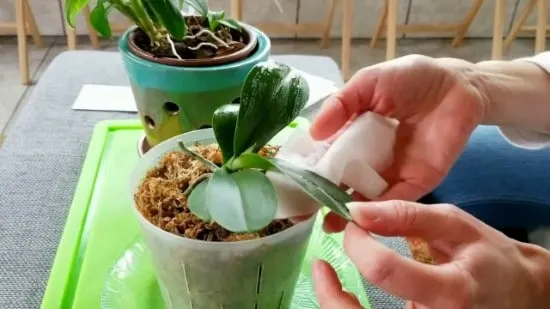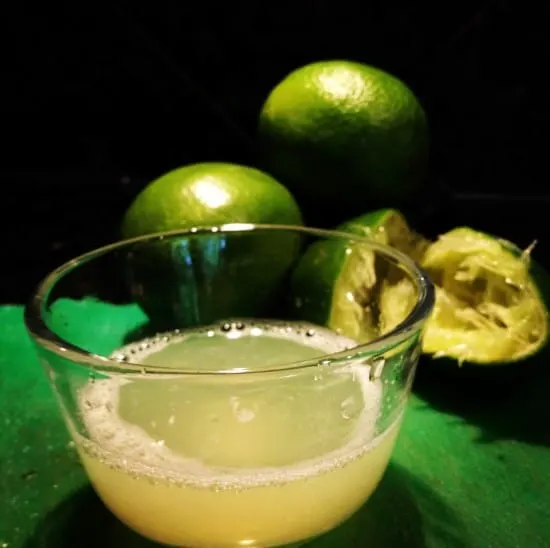Orchids are symbols of beauty in the form of graceful and tiny flowers. They are native to the tropics of Asia and Australia, such as the Himalayas and the Philippines.
Also, they have different sizes and colors, and sometimes shapes. Orchids can have one color, like pink, yellow, orange, or red. Likewise, some may bless the vision with the triumphant combination of bright colors.
But whatever the shape, size, or color, each type and species of orchid exudes good grace through the heavenly appearance. There are more than 18 types of orchids with many species.
Typically, you will get between 25,000 and 30,000 species of orchids. However, beauty always comes at a price. This is the case with these beautiful flowers.
Growing and nourishing orchids require a lot of cleaning and delicacy. Several aspects of orchids require the utmost attention from those who grow them in their garden.
Just like all the expensive and beautiful items in the house handled with extreme care and delicacy, orchids, which are beautiful, need the same cleaning and maintenance.

How to Clean Orchid Leaves
Orchid leaves are the components and integrations, which form the ultimate grace of flowers. Therefore, they need cleaning and care.
You can clean orchid leaves by removing mineral deposits from the tree top and clean up dirt and dust build-up. However, there are some advanced methods for cleaning orchid leaves. The methods are listed below.
1. Wiping
Wiping is the easiest way to clean orchid leaves. The method involves sprinkling water on the leaves, which can sometimes be mixed with lime juice.
Then clean the dust layer and other unnecessary substance layers with a wipe or cotton pad. It is a gentle and easy way to clean orchid leaves. This cleaning method ensures that no leaves are harmed.
2. Apply lime juice
This is another easy way to clean orchid leaves. It would be best to squeeze lemon or lime so that the juice is diluted in water and clean the leaves of orchid plants with a dilute lime solution.
Using lime juice to clean the base of orchid leaves is the few techniques, which is approved. The acidic nature of the lemon juice is sufficiently diluted and does not harm or damage the stomata.
In addition, the diluted acidity of the lime juice removes mineral deposits and cleanses the leaves of the orchid with absolute precision. Also, this applies to personal health.
Never squeeze the fresh lemon juice or expose it to the sun. A chemical reaction can burn the skin more than a normal sunburn. Lemon juice increases the light and causes burns that come into contact. Always wash your hands after squeezing a lemon and walking in the sun.

3. Mayonnaise
It is made from homemade products that you can have at home. Homemade mayonnaise is tastier and contains fewer chemical additives. You can make it at home with vinegar or lemon juice, egg yolks, oil, and a pinch of salt.
The acidic properties of lemon dissolve mineral layers such as magnesium and calcium, which makes cleaning easier. If you’re making homemade mayonnaise for orchids, avoid using salt.
Acidic substances dissolve calcium and salts, so lemon juice in the mayonnaise makes it very effective. Egg yolks add additional shine (lost or absent in other methods) when the mineral layers are broken up and cleaned.
The tip for cleaning the orchid leaves with mayonnaise is never to use the mayonnaise underside of the orchid leaf.
Typically, this is the location of stomas and most gas exchanges. You can clean the leaf’s top, and mayonnaise will offer the leaf with an additional shine you want but don’t use mayonnaise at the base. Other methods are better under the leaves because they don’t damage the stomata like mayonnaise.
4. Diluted vinegar
Vinegar does the same thing as lime and lemon; however, some brands are often very acidic for orchids with a pH of about 2.5.
Since many epithetic orchids need a water level between 5.5 and 6.5, this is extreme acid overload. A ground orchid almost dies if you offer diluted vinegar, as its pH is preferably more alkaline, about 7.5.
Vinegar is a French word that means sour wine, and the name is true. This method dissolves most of the mineral residues, which lemon juice has not been able to dissolve.
Do not abuse the vinegar. Beware of using vinegar because it can do more harm than good. If your house doesn’t have a big and juicy lemon, but the vinegar is in the fridge, try an orchid leaf and understand how the orchid behaves.
Wait a week before applying vinegar to other leaves. Orchids grow and respond slowly to changes in the environment. It may take some minutes for the leaves to look clean, but after some days, the chemical reactions will be seen. Don’t use vinegar under the leaves.
5. Alcohol
The primary purpose of cleaning orchid leaves using alcohol is to get rid of bugs and insects. Isopropyl alcohol is used as the alcohol. Many pests, which attack orchids are very small and difficult to detect.
They are only noticed when there are terrible dark green holes or black spots on the orchid leaf. Artificial cobwebs from around the plant’s stem, and before you suspect, the orchid has the pest problem.
Alcohol stops the growth of pests and kills those, which are already there. Cleaning orchid leaves using isopropyl alcohol is the first thing you should do when canning orchids to check for problems.
Besides, bacteria do not appear as insects and pests. Cleaning the leaves using alcohol kills the bacteria before they spread, resulting in horrible spots, which destroy the leaves.
Don’t use alcohol under the orchid leaf. Instead, isopropyl alcohol is the crucial solution to all the problems associated with orchid plants.
5. Dish detergent
The same product you use to wash dishes, you can dilute it to clean the orchid leaves. Essentially, it is necessary to use 10 percent detergent in 90 percent water.
The solution creates small bubbles on the leaves that do not harm the orchid. Provided you wipe off the excess after cleaning, this method can work very well.
If the solution dries on the leaves naturally and evaporates into the air, dish detergent can cause new and dusty gray spots on the leaves. Also, this method can be used under the leaf, as it is very gentle and does not harm the respiratory system.
6. Shampoo for babies
Babies are the most delicate creations, and all baby products are designed with innovative skills to guarantee optimal delicacy. Orchid flowers and leaves also need gentle care and attention.
Baby shampoos are, therefore, the perfect solution. Likewise, its delicate composition does not require excessive dilution, unlike lemon juice or powdered detergent. It cleans orchid leaves quickly and thoroughly.
7. Water
What accumulates on the orchid leaf has no chemical or fertilizer residue. Sometimes it is just old dust. The purpose of all the methods mentioned above is to ensure that residues formed during drying with water do not reappear until the leaf has dried.
The solution is to use more potent substances, which break down mineral deposits and cause white spots.
Using something more robust than water is harmful if the orchid leaf only has a thin layer of dust. It can be like getting a torpedo in a gunfight.
When using tap water, white spots will appear over time, and you will need to use other chemicals. Begin with water and then see how it can react. If the spots reappear after the water evaporates, switch to more efficient methods.
How often Should You Clean Orchid Leaves?
When you look at different methods used to clean orchid leaves, you may wonder how often they need to be cleaned. If you want to clean them frequently, you will probably need a more straightforward method. Nevertheless, if you do not have to do it often, you may not mind investing a little more.
Unfortunately, no schedule has been set on how often you need to clean orchid leaves. It depends a lot on the care and the environment.
For instance, if you have pets, you will probably find that dust accumulates quickly on all surfaces in the house, including plants. The location of orchids can also affect how fast they get dirty.
>> Read More about Orchids:
- How Long Do Orchid Blooms Last?
- How Long Do Orchids Live?
- How to Revive an Orchid from Dying? This Really Works beyond Imagination
Conclusion
Orchids are true examples of the most exquisite and exotic flowers you can get. Their endless species make you wonder which one to choose for your home or garden decoration.
They are great aesthetic plants that will inevitably beautify your gardens or any place you want to raise them. Typically, the best method to clean orchid leaves is to use the above methods but look for one that works best.
Go for something that you can comfortably apply to the plant without harming the leaves. It will not be long before you see the orchid leaves shining again.
